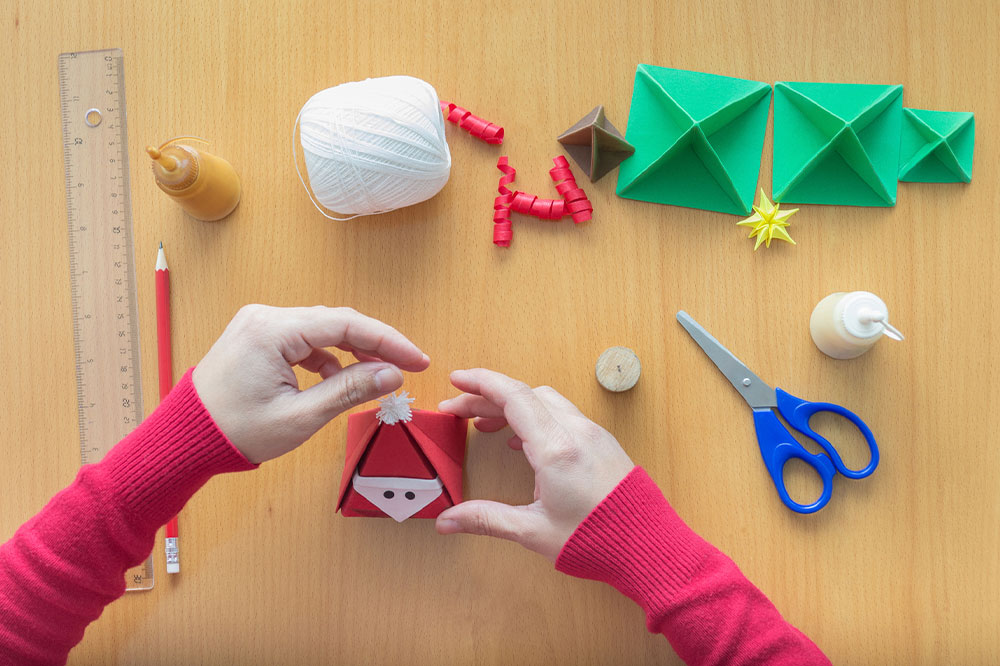Comprehensive Guide to Creating Engaging How-To, DIY, and Professional Articles for Success
Learn effective strategies for creating compelling how-to, DIY, and expert articles that engage audiences and establish authority. This comprehensive guide covers writing clear instructions, incorporating visuals, and building credibility through expert insights. Perfect for content creators aiming to share valuable knowledge and generate income online.

In-Depth Strategies for Developing Effective How-To, DIY, and Expert Content
In today’s digital age, content creation spans a broad spectrum, from blog posts and case studies to engaging listicles. Among these, how-to guides, DIY articles, and expert insights have surged in popularity, driven by an increasing audience eager to learn new skills and solve everyday problems. These types of articles not only serve educational purposes but also open avenues for creators to generate income from their content. Whether you're an aspiring writer, a hobbyist, or an industry expert, understanding how to craft compelling and authoritative articles is essential to standing out in a crowded online space. This comprehensive guide aims to walk you through proven strategies and best practices to produce high-quality how-to, DIY, and expert articles that resonate with your audience and establish your authority.
Mastering How-To Articles for Clear, Practical Guidance
How-to articles are fundamental in providing step-by-step instructions on a myriad of topics – from achieving personal goals to assembling furniture, repairing appliances, or mastering new skills. Their primary purpose is to guide readers through processes in a straightforward, accessible manner. To create effective how-to content that is both engaging and easy to follow, consider the following detailed tips:
Focus on Clarity and Simplicity: Use plain language that avoids unnecessary complexity. Your goal is to make even beginners feel confident following your instructions. Clear, concise sentences help prevent confusion and facilitate understanding.
Avoid Technical Jargon: Unless your audience is highly specialized, minimize the use of complex terminology. When technical terms are necessary, define them briefly to ensure everyone can follow along.
List Required Materials or Tools: Early mention of necessary items helps readers prepare adequately before beginning the task. This prevents interruptions and enhances the flow of your tutorial.
Break Instructions into Sequential Steps: Use numbered lists or bullet points to organize instructions logically. Each step should represent a distinct action, simplifying the process for your audience.
Use Visual Enhancements: Incorporate images, diagrams, videos, or screenshots to illustrate key steps. Visuals clarify complex instructions and improve retention.
Address Challenges and Provide Solutions: Anticipate common issues that users might face and include troubleshooting tips or FAQs at the end of your article. This proactive approach builds trust and reduces frustration.
Furthermore, integrating high-quality visuals—such as step-by-step images, short tutorial videos, or animated diagrams—can dramatically improve comprehension. Visual content caters to diverse learning preferences and makes your guide more engaging and shareable. Remember, a well-structured, visually appealing how-to article not only educates but also encourages readers to share your content, increasing your reach and authority in the niche.
Crafting Authoritative Expert Articles for Credibility and Trust
Expert articles differentiate themselves through depth of knowledge, credibility, and trustworthiness. They are typically authored by industry specialists, such as medical professionals, financial advisors, engineers, or technical experts, who have extensive firsthand experience and expertise in their respective fields. These articles aim to inform, educate, or guide readers on complex topics, often serving as valuable resources for those seeking reliable information. To produce compelling and authoritative expert content, keep the following best practices in mind:
Display Deep Industry Knowledge: Ensure your writing reflects familiarity with the latest trends, research, and best practices. Incorporate references from reputable sources where applicable.
Cover All Relevant Aspects: Provide comprehensive coverage of your topic, addressing potential questions, misconceptions, and nuances. This thorough approach demonstrates your authority.
Write Clearly and Accessibly: Even when discussing complex issues, aim for clarity. Use analogies, simple language, and summaries to make your content understandable for novices and experts alike.
Include Practical Tips and Insights: Share insider tips, tricks, and real-world examples that add value beyond basic information. This encourages readers to trust your expertise and return for more.
Avoid Bias and Maintain Objectivity: Present balanced views and cite evidence-based research. Credibility is key for establishing long-term authority.
By thoroughly researching your subject matter and sharing insights that go beyond surface-level information, your content will resonate more strongly with your audience. Engaging storytelling, real-life case studies, and success stories can further enhance your reputation as a knowledgeable authority.
Maximizing DIY Content Engagement for Broad Audiences
DIY (Do-It-Yourself) articles are increasingly popular due to their appeal to hobbyists, budget-conscious consumers, and those seeking self-sufficiency. These articles cover a diverse range of topics—home repairs, crafting, cooking, beauty, gardening, and personal projects—and are valued for enabling readers to save money while gaining new skills. To craft engaging and successful DIY articles, adhere to these essential principles:
Identify Your Target Audience: Understand their skill level, interests, challenges, and preferences. Tailor your content to meet their needs and language proficiency.
Define the Focus Clearly: Decide whether your article will focus on crafts, recipes, home repairs, or product reviews. A clear focus helps attract the right audience and sets clear expectations.
Use Concise, Clear Language: Keep sentences short (about 25 words) to ensure clarity. Precise instructions make your content more accessible and reduce confusion.
Research Reliable Sources: Base your content on current, trustworthy information. Reference reputable guides, tutorials, or expert opinions to enhance credibility.
Document the Process Step-by-Step: When performing the activity yourself, record each step accurately. Photos or videos taken during your process can serve as authentic proof and visual aids.
Focus on Niche Expertise: Select a niche where you possess genuine knowledge or skills. Specializing allows you to offer unique insights and stand out from generic content creators.
Engage with Your Audience: Respond to comments, answer questions, and incorporate feedback into future content. Building a community increases loyalty and sharing potential.
Research and Review Existing Material: Study popular DIY sites, online forums, and social media trends to gauge current interests and successful formats. Use this information to refine your style and presentation.
By integrating these principles, your DIY articles will be more engaging, informative, and valuable to your audience. Remember, authenticity and clarity are key. When your content clearly demonstrates your expertise and is easy to follow, readers are more likely to trust your recommendations and share your work. Whether you're teaching simple home repairs, crafting personalized gifts, or exploring new hobbies, these strategies will help you establish a strong presence and potentially monetize your DIY skills for additional income.





